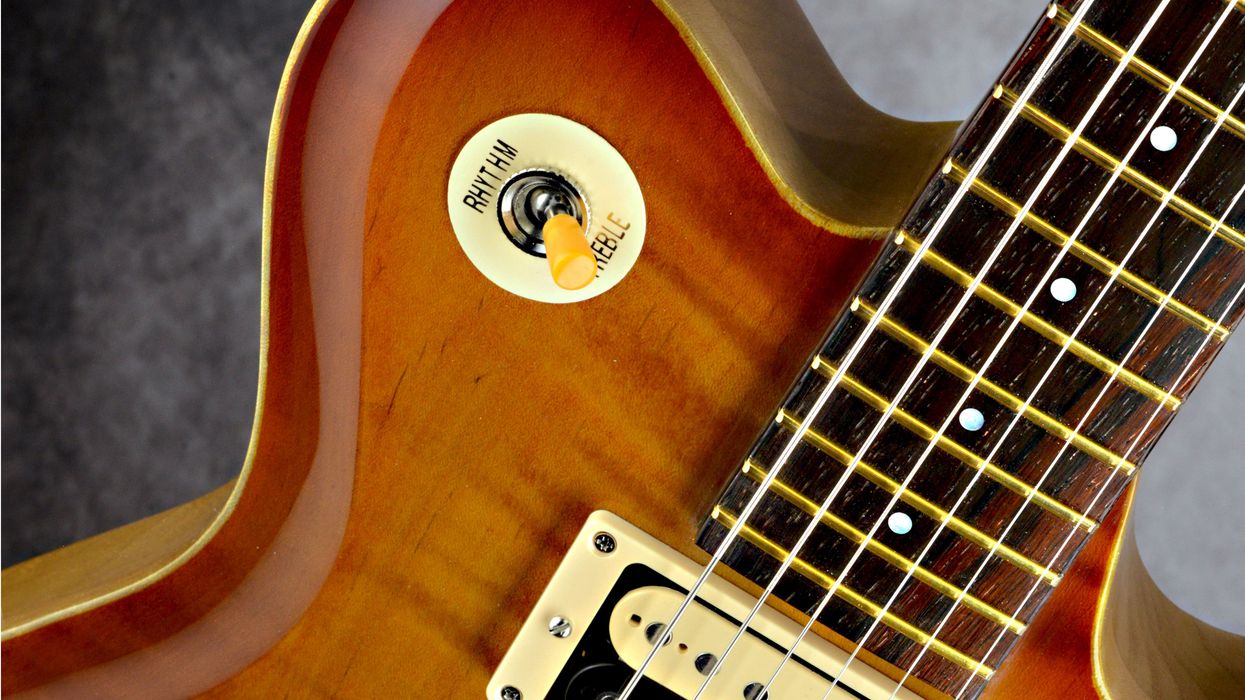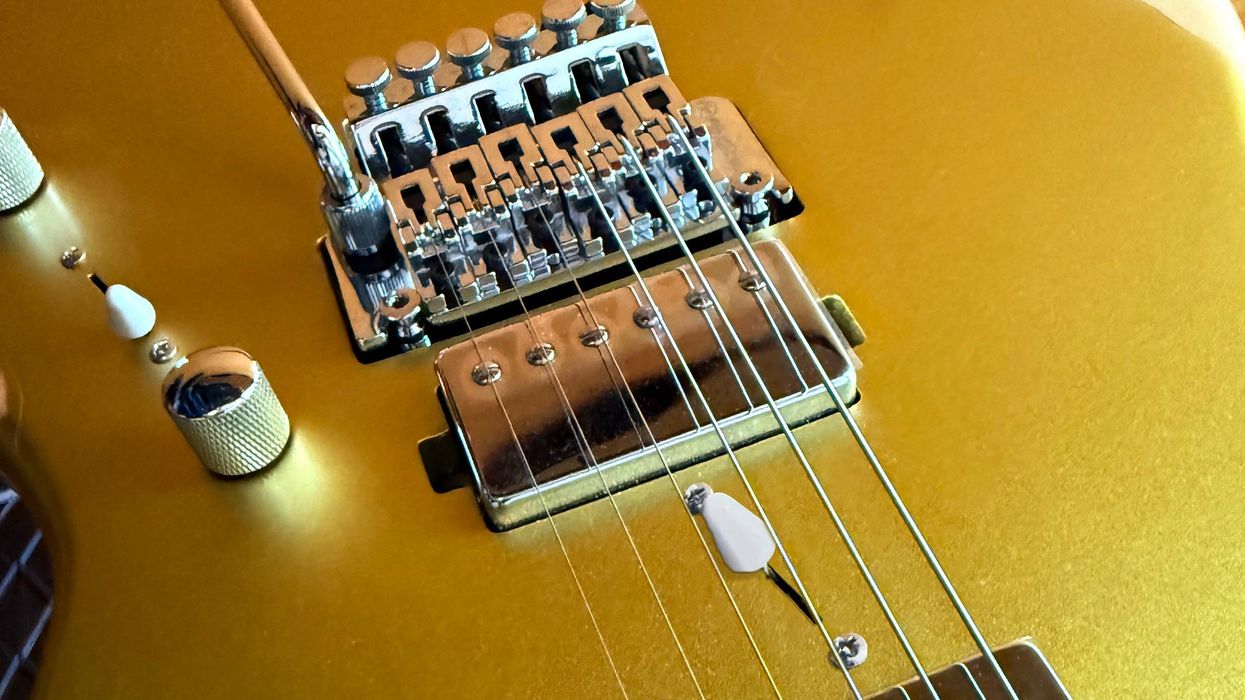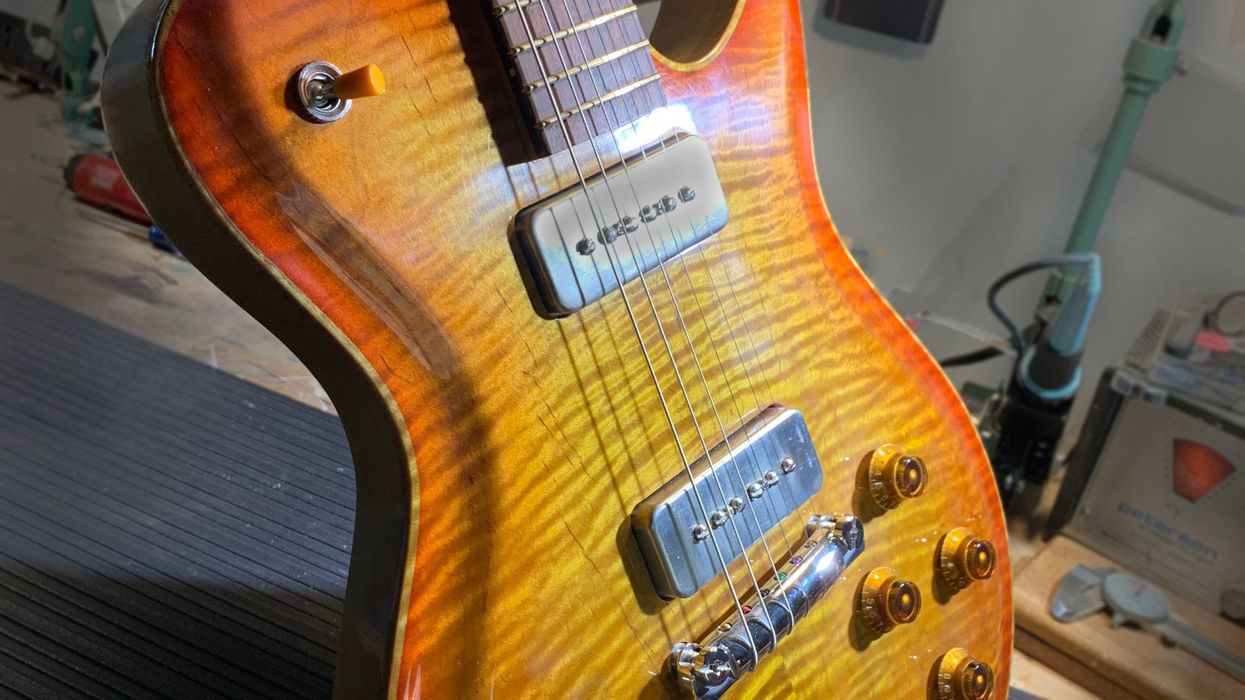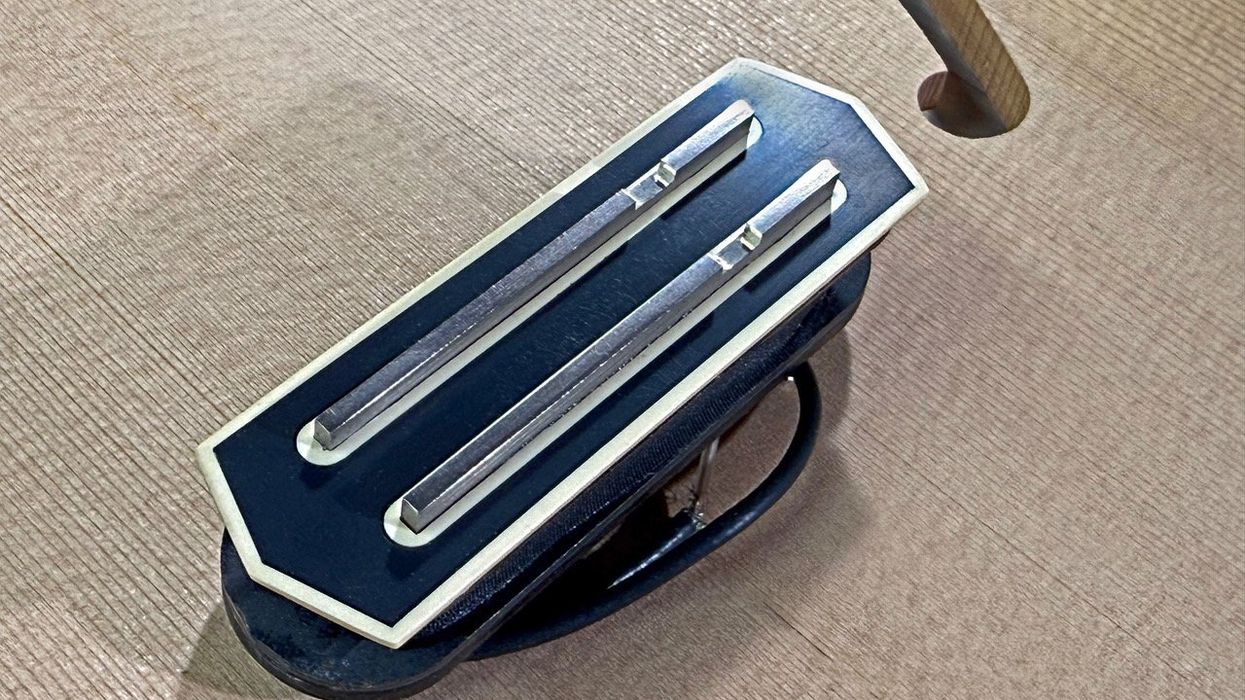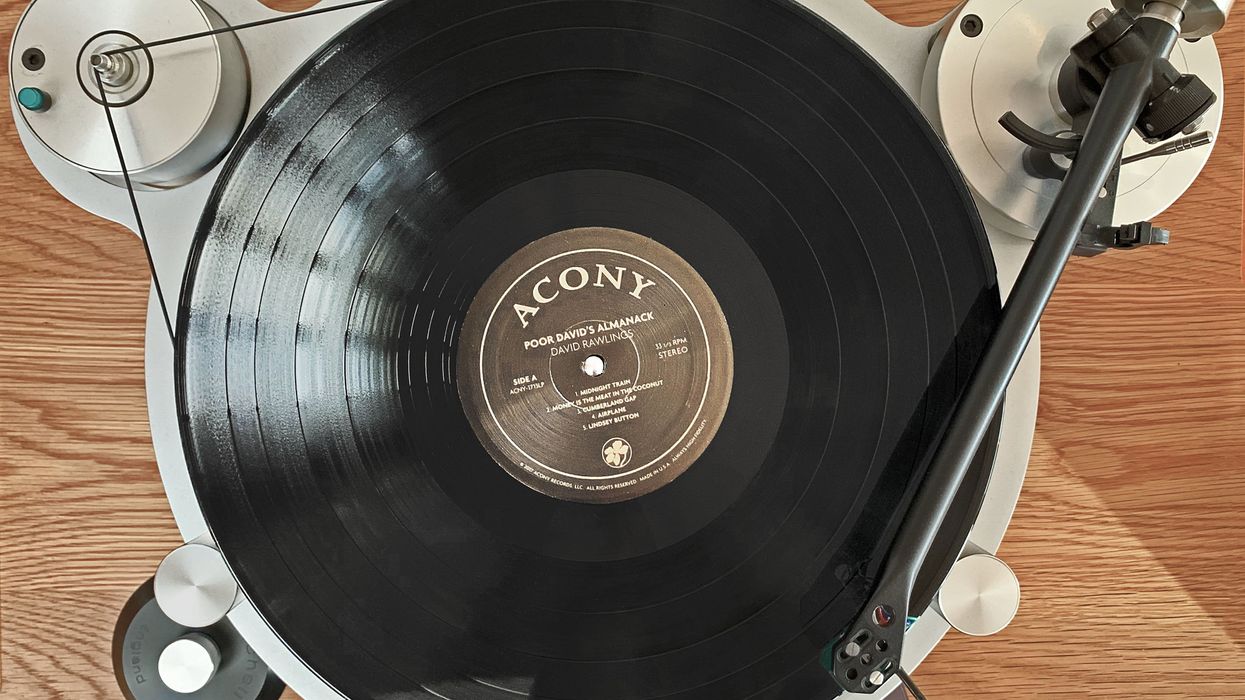In previous columns, I’ve touched on the subject of lacquer checking and the rise of relic finishes, but I thought a discussion of finishing materials might be in order as well. The terms nitro, poly, and lacquer, as well as other vague descriptions, are often used, and just as often, they’re misused and misunderstood. While I’m not a chemist and don’t pretend to know everything about coatings, I’ll try to outline some basic facts and how they relate to your guitar’s look, sound, and durability. But first, a little history.
Possibly the oldest decorative coatings are red and black lacquers from China that date back thousands of years. Chinese lacquer was primarily used to beautify luxury goods. Early lacquers were made from tree sap mixed with other organic ingredients for color and stability.
Shellac, made from the sticky secretions of the tiny lac insect, appeared in Asia and India around 1200 BCE. In the 17th century, shellac became popular in Europe among furniture and instrument makers. (Fun fact: It can take up to 90,000 insects to produce one pound of shellac.)
The word “lacquer” is a catch-all term for coatings made from resins, including tree pulp, sap, and chemically manufactured synthetics. These resins can be diluted with solvents, but not water. However, there is now a class of water-soluble finishes that are referred to as waterborne lacquer. Confusing, isn’t it?
For practical purposes, let’s divide coatings into two groups: thermoplastic, which cures by drying (solvent evaporation), and thermoset, which cures by a chemical reaction alone. All of these finishes are diluted with solvent in order to allow them to be sprayed or applied by a brush. A thermoplastic coating will release the carrier solvents over time, leaving the solid material behind. This can take from a few days to several weeks depending on the lacquer’s particular formulation and the temperature and humidity of the paint room.“While back in the day it was difficult for builders to find suitable coatings that didn’t check, today it’s hard to find a lacquer that will.”
Nitrocellulose lacquer is thermoplastic. Made from trees, it’s loved for its ease of use, warm feel, and attractive sheen. To visualize the finishing process, think of thermoplastic like mud. Dirt (solids) plus water (solvent) equals mud. It’s easy to smear it on a surface, and when the water evaporates, it’s a somewhat hard finish. If you put water on your dried surface, it becomes mud again. In a similar way, a thermoplastic finish never completely cures. Nitro lacquer is able to be repaired easily with more nitro. The solvents in the repair material soften the original finish and they “melt” together. This also makes these finishes susceptible to damage from certain aggressive solvent-based cleaners like alcohol or turpentine.
Thermoset finishes, like polyester and catalyzed polyurethane, are for the most part impervious to most solvents because they are chemically cured. Thermoset coatings are typically two- or three-part mixtures which, when combined before application, react chemically (catalyze) to harden. Once they “lock,” they are set indefinitely. Anyone who has mixed two-part epoxy will be familiar with this process. While more difficult to repair, damaged thermoset finishes can be fixed with proper surface prep. Although the edge of a spot repair on a thermoset finish can be hard to disguise, some modern cyanoacrylate (superglue) repairs can be practically invisible. The ability to mass-produce thermoset chemicals, and their fast curing cycle, has made it the leading type of finishing material for the auto industry starting in the 1950s, and the guitar industry in the 1970s.
Another appeal of thermosets from a manufacturing standpoint is resistance to chipping and cold checking. During the guitar boom of the 1960s, lacquer checking was such a concern that many factories moved to catalyzed thermoset finishes. These are sometimes called “polys,” but they actually encompass a wide variety of products including polyesters, catalyzed urethanes, and two-stage conversion varnishes. Although guitarists have recently embraced the beauty of this “defect,” most manufacturers of new instruments have switched to finishes in the thermoset family to avoid it. The downside is that some can feel sticky, especially on necks.
The truth of the matter is that today, even nitrocellulose lacquers are blended with enough additives that they can be hard to cold check. Which brings us to the relic aesthetic. While back in the day it was difficult for builders to find suitable coatings that didn’t check, today it’s hard to find a lacquer that will.
There’s really more to this story than space will allow. We haven’t touched upon acrylics, conversion varnishes, epoxies, and French polish variants, let alone the question of whether or not finishes affect sound. That’s for another day, but for now, you know that finish type makes a practical difference that you can see and feel.
